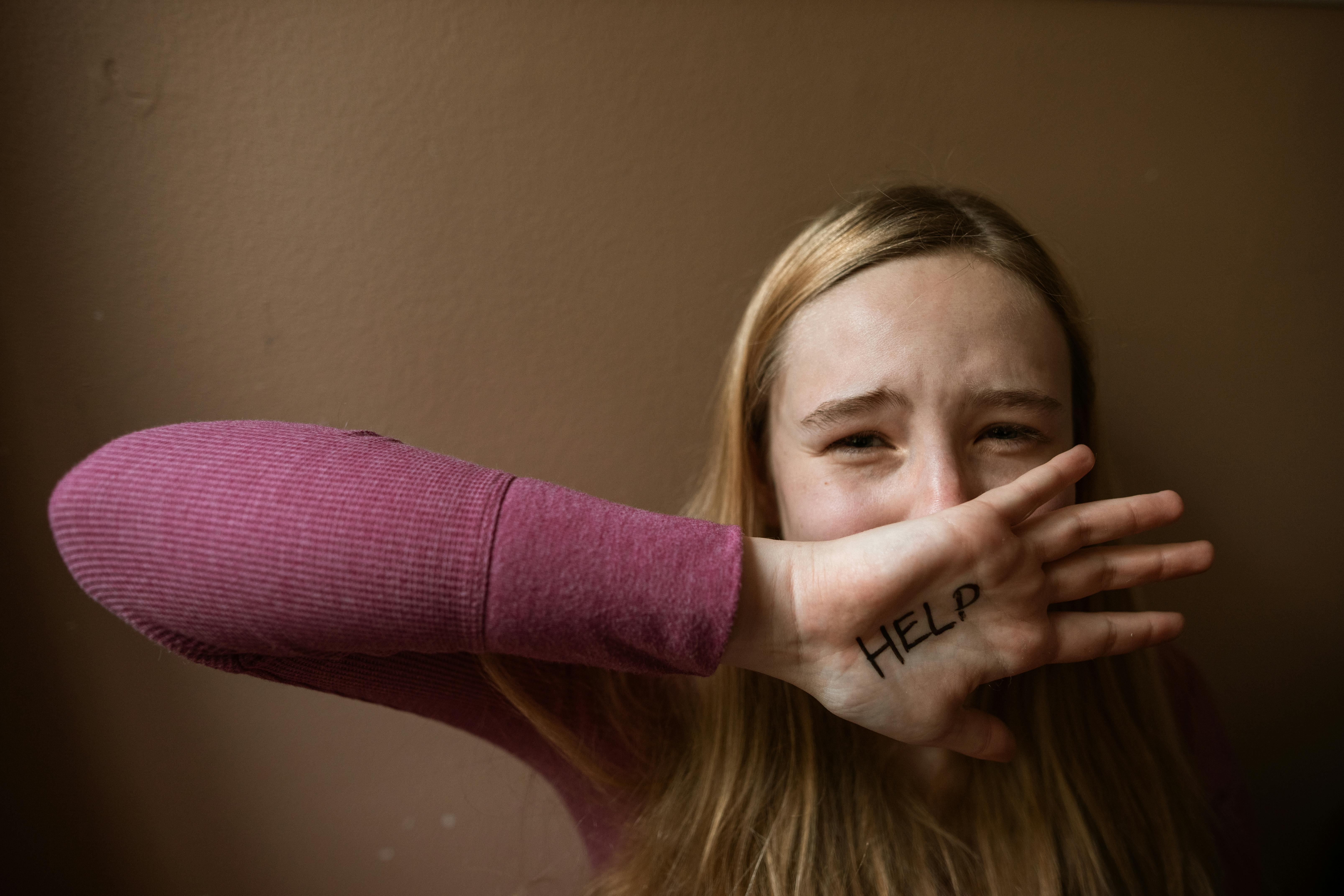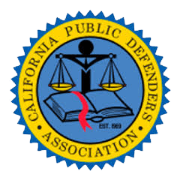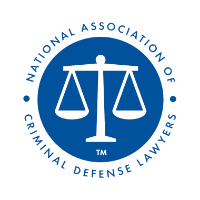
Seeking help in situations of domestic violence can feel like navigating through a storm without a compass. But it’s crucial to know that Domestic Violence Legal Support is your beacon of hope. Whether you’re dealing with protective orders or battling for child custody, understanding your legal options can empower you to take the first step towards safety and justice. With countless individuals facing similar challenges globally, finding adept legal representation has never been more critical.
Table Of Contents:
- Types of Domestic Violence Legal Support Services
- How to Access Domestic Violence Legal Aid
- Preparing for Protection Order Hearings
- Navigating Child Custody and Support in Domestic Violence Cases
- Housing Rights and Assistance for Domestic Violence Survivors
- Legal Resources for Immigrant Victims of Domestic Violence
- Empowering Survivors: Domestic Violence Legal Advocacy
- Conclusion
Types of Domestic Violence Legal Support Services
Domestic violence is a devastating reality for far too many. But there’s hope. For those feeling stuck in tough spots because of abuse, reaching out to a legal team can be like grabbing onto a life-saving rope. A protection order is a powerful tool. A court can issue an order that stops an abuser from making contact or getting close to the person they’ve harmed. According to the Office of Justice Programs, protection orders can reduce physical violence by a whopping 80% in the year after they’re issued.
Child Custody and Support
Domestic violence complicates child custody cases. But specialized legal assistance can help survivors navigate this tricky terrain. Attorneys can fight for custody arrangements that prioritize the safety and well-being of both the victim and their children. They can also pursue child support to provide financial stability during a difficult time. Leaving an abusive relationship often means leaving home. Domestic violence is a leading cause of homelessness for women and children. Legal aid can help survivors secure emergency shelter, transitional housing, and long-term housing solutions. No one should have to choose between abuse and homelessness.
Consumer Debt Resolution
Economic abuse is common in domestic violence situations. Abusers may run up debt in their victim’s name, destroy their credit, or sabotage their employment. Legal advocates can help survivors untangle complex financial issues, dispute fraudulent charges, and rebuild their economic independence. Domestic violence can flip your world on its head, tossing everything into chaos. But with the right legal services, survivors can begin to put the pieces back together. Protection orders, child custody assistance, housing advocacy, and consumer debt resolution – these are just a few of the ways legal aid can make a difference.
How to Access Domestic Violence Legal Aid
Escaping domestic violence is hard enough. Figuring out how to access legal help shouldn’t be another obstacle. Here’s what you need to know. Many domestic violence legal aid programs use income guidelines to determine eligibility. Typically, household income must fall below a certain percentage of the federal poverty level. Some programs also consider factors like disability, immigration status, or whether the abuse occurred within a certain timeframe. Sound complicated? Don’t worry. Most organizations have an intake officer who can walk you through the eligibility process. They’ll ask about your situation and let you know what services you qualify for.
Application Process
Once you’ve found a legal aid program, the next step is to apply. The process varies by organization, but it usually involves filling out an application and providing some basic documentation. You may be asked to provide proof of income, a copy of your protection order (if you have one), or a police report documenting the abuse. An intake officer can help you gather the necessary paperwork.
What to Expect
After you apply, the legal aid program will review your case and match you with an attorney if you qualify. Your attorney will likely want to meet with you to discuss your situation in more detail. They’ll ask about your goals – do you want a divorce? Custody of your children? A restraining order? Together, you’ll develop a legal strategy to help you achieve those goals. Remember, domestic violence legal aid is here to help you navigate a difficult time. Don’t be afraid to ask questions, voice your concerns, and advocate for yourself. You deserve to be heard.
Preparing for Protection Order Hearings
A protection order hearing can be intimidating. But with a little preparation, you can walk into that courtroom with confidence. When it comes down to it, having solid evidence is what makes or breaks a case in court. In domestic violence cases, that might include: – Photos of injuries – Medical records – Police reports – Threatening messages or emails from the abuser – Witness testimony Start gathering this documentation as soon as possible. Your legal advocate can help you figure out what evidence will be most persuasive in your case.
Working with an Advocate
You don’t have to face a protection order hearing alone. Domestic violence advocates are trained to support survivors throughout the legal process. Your advocate can help you prepare your testimony, accompany you to court, and even sit beside you during the hearing. They can also connect you with other resources, like counseling or housing assistance.
Courtroom Procedures
Knowing what to expect in court can ease some of the anxiety around protection order hearings. Your hearing will likely follow this general format: 1. You (the petitioner) will present your case first. This is your opportunity to tell your story and present evidence of the abuse. 2. The abuser (the respondent) will have a chance to respond and present their own evidence. 3. The judge may ask questions of either party. 4. The judge will make a decision and issue the protection order if they find sufficient evidence of abuse. Remember, you are not on trial. The burden of proof in protection order hearings is lower than in criminal cases. You simply need to demonstrate that you are in danger and in need of protection.
Navigating Child Custody and Support in Domestic Violence Cases
Domestic violence adds a layer of complexity to child custody cases. How do you co-parent with an abuser? What if you’re afraid for your children’s safety? Here’s what you need to know. In any custody case, the court’s primary concern is the best interests of the child. In domestic violence situations, that usually means limiting the abuser’s access to the children. Judges may order supervised visitation, require the abuser to complete a batterer intervention program, or even terminate their parental rights in severe cases. Your lawyer is your go-to for figuring out a custody plan that puts your kids’ needs front and center.
Modifying Existing Orders
Already have a custody order in place? That doesn’t mean you’re stuck with it. If you’re concerned about your children’s safety due to domestic violence, you can petition the court to modify the existing order. You’ll need to show that there has been a substantial change in circumstances since the original order was issued. Evidence of recent abuse or threats will be crucial in making your case.
Enforcing Court Orders
Even with a custody order in place, some abusers will stop at nothing to maintain control. If your ex is violating the terms of the order – refusing to return the children after visitation, for example – you can take legal action to enforce it. Your attorney can file a contempt motion, asking the court to hold the abuser accountable. They may face fines, loss of visitation privileges, or even jail time. The family court system can be frustrating, especially for domestic violence survivors. But with a skilled legal advocate by your side, it’s possible to secure the custody and support arrangements you need to keep your family safe.
Housing Rights and Assistance for Domestic Violence Survivors
For those picking up the pieces after experiencing abuse, finding a safe and secure home is key to starting anew. But domestic violence can make finding and keeping housing a challenge. Here are some resources that can help. If you’ve recently left an abusive relationship, your first priority is likely finding a safe place to stay. Domestic violence shelters provide temporary housing for survivors and their children. Shelters typically offer a range of services, including counseling, legal advocacy, and help with finding permanent housing. Many operate confidential locations to protect residents’ safety.
Transitional Housing
Transitional housing programs act like a stepping stone, guiding folks from the immediate relief of emergency shelters to finding their own long-term homes. Residents can usually stay for 6-24 months while they work on goals like finding employment, saving money, and securing long-term housing. Some transitional housing is specifically designed for domestic violence survivors. Besides the main benefits, these programs also throw in some sweet extras like therapy sessions and childcare options.
Long-Term Housing Options
Affordable long-term housing is key to helping survivors maintain their independence. But domestic violence can create barriers, like poor credit or a history of evictions. Luckily, we’ve got some helpful programs on our side. Many states offer housing vouchers specifically for domestic violence survivors. These vouchers can be used to rent private market apartments at a reduced cost. Public housing and subsidized housing complexes may also give preference to domestic violence survivors on their waiting lists. And some organizations offer rapid rehousing programs, which provide short-term rental assistance and services to help survivors quickly transition to permanent housing. No matter your housing needs, there are resources available to help you rebuild after domestic violence. Don’t be afraid to reach out for assistance – you deserve a safe and stable place to call home.
Legal Resources for Immigrant Victims of Domestic Violence
People who’ve come from other countries and are surviving domestic violence run into a whole set of tough situations that others might not. Language barriers, cultural differences, and fear of deportation can make it difficult to access help. But there are legal protections available. The Violence Against Women Act (VAWA) provides a path to legal status for some immigrant survivors of domestic violence. Under VAWA, survivors may be eligible for: – Self-petitioning: Allows survivors to petition for legal status without the abuser’s knowledge or consent. – Cancellation of removal: Protects survivors in deportation proceedings. – U visas: Provides legal status to survivors who cooperate with law enforcement in the investigation or prosecution of a crime. Everyone gets these safeguards, no matter if you’re a guy, gal, or anything in between. Both men and women can apply.
U Visa
U visas are a powerful tool for immigrant survivors of domestic violence. To be eligible, you must: – Have suffered substantial physical or mental abuse as the result of a qualifying crime (domestic violence, sexual assault, stalking, etc.) – Have information about the crime – Be helpful to law enforcement in the investigation or prosecution of the crime U visas are valid for four years. After three years, U visa holders may be eligible to apply for a green card. T visas are available to survivors of human trafficking. While not specifically designed for domestic violence survivors, some may qualify if their abuser used force, fraud, or coercion to make them perform labor or commercial sex acts. Like U visas, T visas are valid for four years and can lead to a green card after three years.
Asylum
In some cases, domestic violence survivors may be eligible for asylum. To qualify, you must show that you have a well-founded fear of persecution in your home country on the basis of your race, religion, nationality, political opinion, or membership in a particular social group. Some courts have recognized domestic violence survivors as a particular social group for asylum purposes. However, these cases can be challenging to win and usually require extensive documentation. If you’re an immigrant survivor of domestic violence, don’t let fear keep you from seeking help. There are legal options available to protect you and your family. With the guidance of a seasoned immigration lawyer, you can navigate your way through different options and secure a safe future.
Empowering Survivors: Domestic Violence Legal Advocacy
Domestic violence legal advocacy is about more than just winning cases. It’s about empowering survivors to take control of their lives and their futures. When it comes to situations of domestic violence, making sure everyone is safe takes the front seat. Legal advocates can help survivors create a personalized safety plan that includes: – Identifying safe places to go in an emergency – Memorizing important phone numbers – Packing a “go bag” with essential documents and supplies – Developing a code word to signal to friends and family that help is needed Safety planning is an ongoing process. As circumstances change, the plan may need to be updated. Lawyers who specialize in supporting survivors are there to help them figure out their safety level and tweak their strategy if needed.
Emotional Support
Leaving an abusive relationship is emotionally exhausting. Survivors may feel scared, confused, and overwhelmed. Legal advocates provide a listening ear and a supportive presence throughout the legal process. They’re also there to hook survivors up with counseling services, offering a shoulder and guidance as they start on their journey towards healing from their trauma. Some domestic violence organizations offer support groups where survivors can connect with others who have had similar experiences.
Referrals to Community Resources
Domestic violence affects every aspect of a survivor’s life. They may need help with housing, employment, child care, or health care. Legal advocates can connect survivors with community resources to meet these needs. Many domestic violence organizations have relationships with local service providers. They’re here to guide survivors through the sometimes tricky maze of social services, offering recommendations along the way. Domestic violence legal advocacy is about more than just legal representation. This is all about offering comprehensive support to help survivors piece their lives back together. With the right resources and support, survivors can move from crisis to stability to self-sufficiency. If you or someone you know is experiencing domestic violence, help is available through Violence Free Colorado or the National Domestic Violence Hotline at 800-799-7233.
Survivors of domestic violence have powerful legal tools at their disposal, from protection orders and child custody support to housing rights and financial independence. Knowing how to access these services can transform a survivor’s journey towards safety and empowerment.
Conclusion
In wrapping up our journey into Domestic Violence Legal Support, remember this isn’t just about legal battles; it’s about reclaiming your life from fear’s grip. The courage to seek assistance marks the dawn of resilience against adversity—your strength amplified by knowledge and support networks designed specifically for these trials. You’ve learned how vital it is to arm yourself with information on protection orders, navigate child custody complexities intelligently, secure safe housing rights amidst turmoil, and understand immigrant victim protections under U.S.C § laws.
This guide was crafted not just as an informative resource but as a companion in what might be one of life’s toughest moments — letting you know that although the path may seem daunting at times, every step taken is one closer towards peace and stability.





